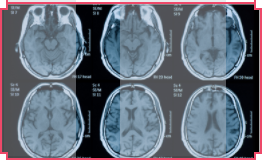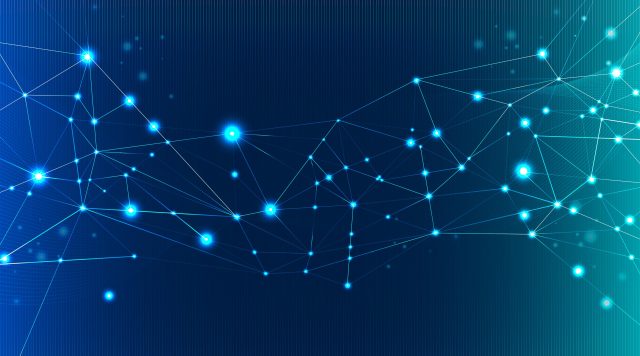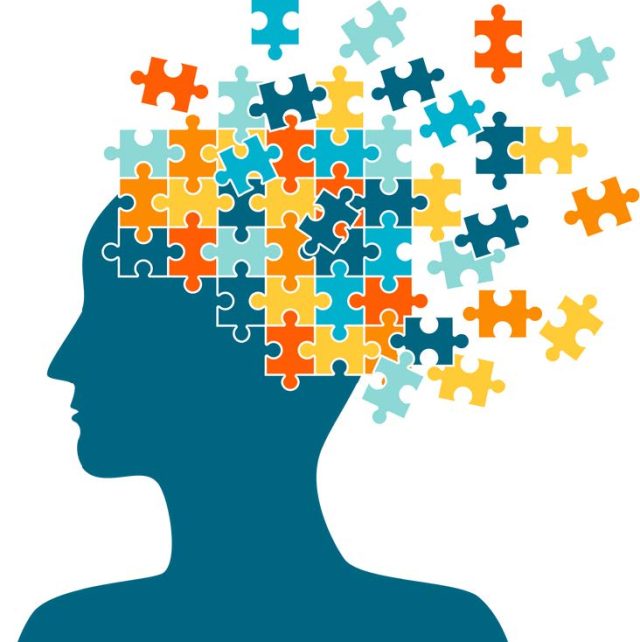How to find a needle in a haystack
Like a dating site for the Ontario neuroscience cluster, the OBI’s Neuroscience Asset Map is designed to help make introductions and lasting connections.
Ontario is blessed with a large number of researchers, institutions and companies. Indeed, it has one of the highest concentrations of brain scientists in the world, with expertise that is both deep and wide. We are home to world-leaders in many areas of neuroscience including Alzheimer’s disease research, deep brain stimulation, and brain imaging.
However, their sheer number and diversity can be daunting at times and trying to find a specific investigator with expertise in a particular area can be very challenging.
Cue the Ontario Brain Institute (OBI) Neuroscience Asset Map.
Officially launched by the OBI this year and comprised of over 1,000 brain resources — including over 100 institutions (such as hospitals, patient advocacy groups, not-for-profits, universities), plus 130 brain-related companies and nearly 1000 neuroscientists — the Neuroscience Asset Map is a comprehensive (as far as we can currently determine) catalogue of Ontario’s brain research capital.
Simply put, the Asset Map is a searchable listing of the most important brain-related resources in Ontario.
Why is it important to have such a list and be able to access it?
Beyond its ability to identify people and organizations working in a particular area, the map can be used to promote scientific networking and strengthen bonds with new partners and markets.
This is vital because neuroscience is, by nature, a collaborative endeavor, and our best chance to succeed at treating complex brain disorders is by working together as an integrated whole. The Asset Map will help to streamline the development of new discoveries into new patient treatments, produce more focused and integrated research, and enable businesses to identify potential partners more effectively.
How does it work?
The Asset Map has a number of user-friendly, interactive interfaces. Depending on the nature of the question being asked, each interface provides a different ‘lens’ to view the same set of data contained in the map.
Whereas the ‘circular’ and ‘square’ maps emphasize the types of resources and their functions, the ‘cluster’ map highlights their location.
Using these interfaces, we can identify and contact people, companies or institutions that deal with any number of neuroscience-related questions. Want to know which investigators have experience in electrophysiology? Want to find out which companies produce medical devices? The Asset Map will help you do that.
The map is free and readily available for anyone to use — you don’t even have to log-in or create an account. There is also a short, easy-to-understand video tutorial explaining how to use it.
Just as neuroscience research is constantly changing, so too are businesses. Therefore, to ensure its currency, the Asset Map is designed to constantly evolve. For example, anyone can request the addition of new researchers or organizations to the database and — upon approval — they will be added.
By facilitating meaningful connections among patients, researchers, institutions, and industry, the Asset Map will encourage a new way of doing research in Ontario. Integrating and unifying our abundant neuroscience resources will go far to finding and generating new treatments for a variety of brain disorders, and to helping Ontario companies maximize their output and grow in size and number.
Back to Brainnovations Newsletter



